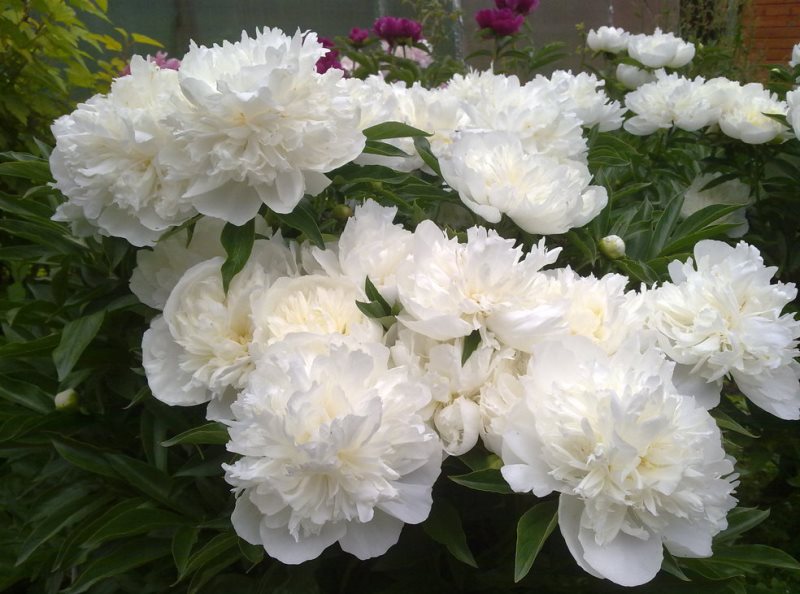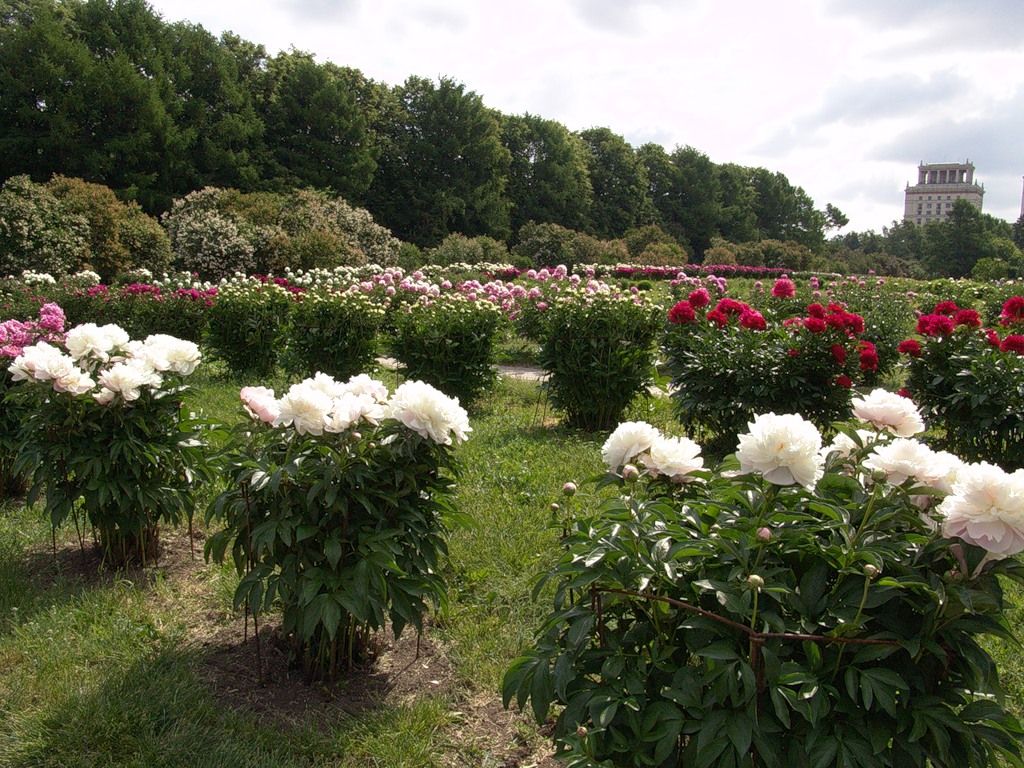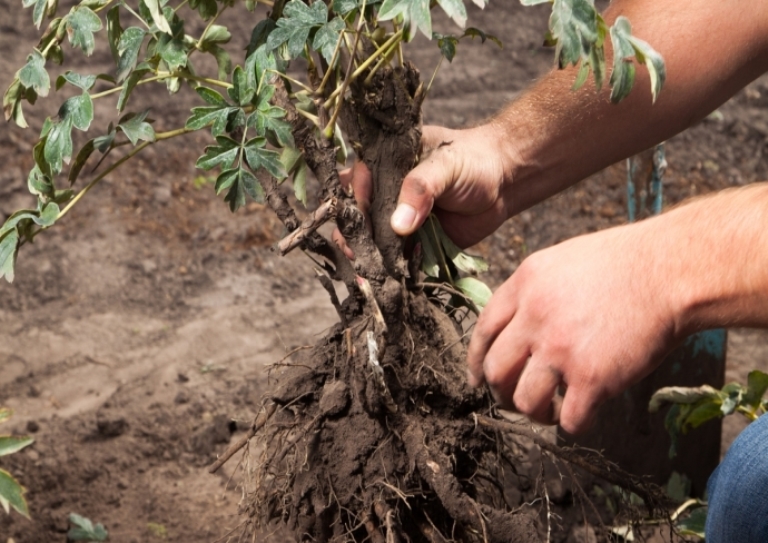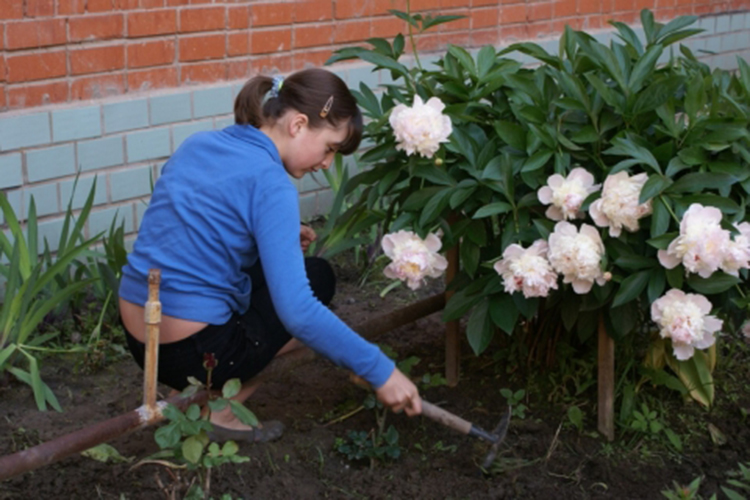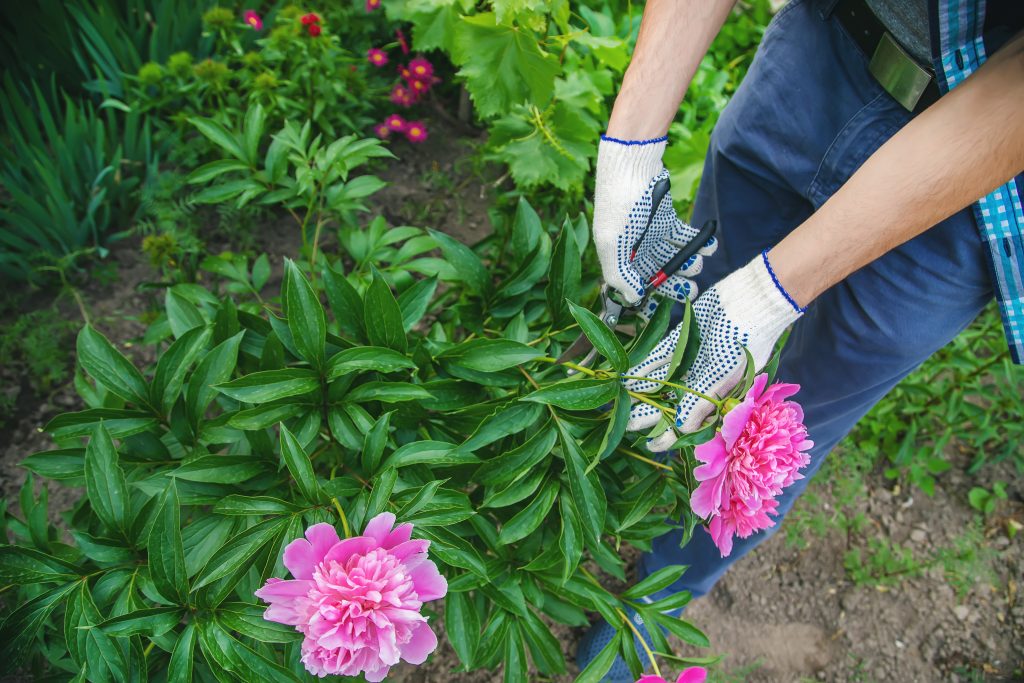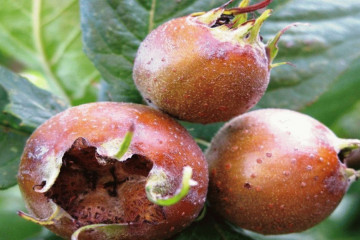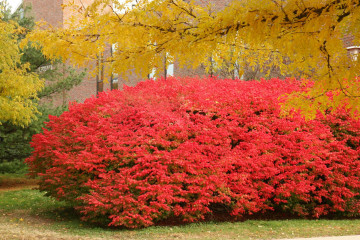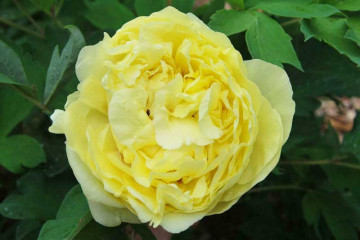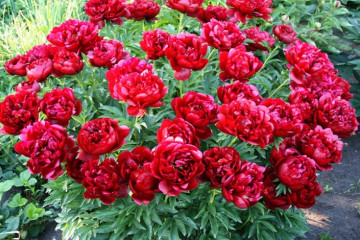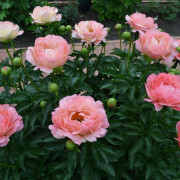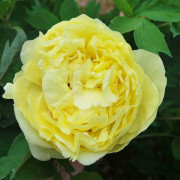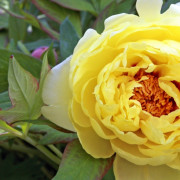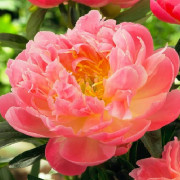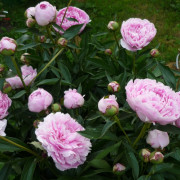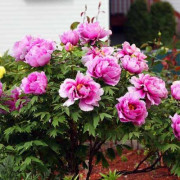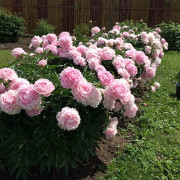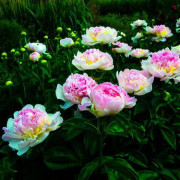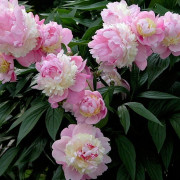Peony Duchesse de Nemours - growing varieties in the garden
Content:
Exquisite fragrant peonies have long earned the love of gardeners around the world. Perennial plants are represented by a huge assortment of different varieties. Among all the species, an important place is occupied by the development of the French breeder - the Duchesse de Nemours peony.
Peony Duchesse de Nemours - what is this variety, history of creation
The variety was bred by an agronomist from France Kahlo back in the middle of the 19th century. At that time, for an ornamental plant to become popular, it was necessary to work on creating important properties: a refined aroma, purity of color and doubleness of inflorescences. Delicate paeonia Duchesse de Nemours met all these requirements, therefore it quickly became in demand among flower growers.
Brief description, characteristic
Peony bushes are tall. An adult plant reaches a height of 1 meter. As the company grows and develops, the perennial grows rather quickly. An ornamental culture has a strong root system, so one plant can grow from 7 to 10 years. Varietal herbaceous peony Duchesse de Nemours belongs to the Milk-flowered group.
A medium-sized shrub has many shoots that create volume and splendor. The culture has cut leaves of a dark green color. Sophistication to the plant is added by milky-white flowers with a yellowish tint and greenish at the base of the petals. When opened, the flowers reach 15–20 cm in diameter. The Duchess de Nemours peony blooms from 15 to 20 days in mid-summer. The flowering bush is distinguished by its splendor and pleasant aroma, reminiscent of the fragrance of lily of the valley.
Advantages and disadvantages of the variety
A decorative flower has a number of important advantages:
- unpretentiousness to growing conditions and care;
- annual abundant flowering;
- resistance to frost and other unfavorable climatic conditions;
- persistent immunity to most fungal and bacterial diseases inherent in other varieties of peonies;
- the ability to use flowers for decorating gardens, parks and for composing cut compositions.
The variety also has some disadvantages that do not affect the demand for the culture. The main disadvantages are the short flowering period of the bush, as well as the short time of preservation of decorative properties in a cut form.
Use in landscape design
A milky peony looks great in group plantings with dark varieties of culture with the same flowering time. Single bushes look organic in any flower bed or in the local area. The most abundant flowering in bushes is observed at the age of 4 to 10 years. This variety is ideal for decorating a summer cottage and city parks.
Growing a flower, how to plant it in open ground
Planting a plant is carried out in several ways. The most popular is the use of cuttings.
Planting by root cuttings
The rhizome is cleaned of the remnants of the earth and divided into several parts with a sharp knife. Each part should have 3-5 developed buds and the same number of roots.
What time is the boarding
Planting peony bushes is best done in the second half of August or early September. The plant must have time to take root and grow stronger before the onset of the winter period. Spring planting is possible, but the culture can be very sick and does not bloom for a long time.
Location selection
For the full development and lush flowering of the bush, you need to choose a suitable site for planting. All peonies love good lighting, so you need to choose an open, sunny place, protected from gusts of wind. Planting peonies in the shade of tall buildings and trees will result in the loss of abundant flowering.
How to prepare the soil and flower for planting
Peonies are mainly propagated by the vegetative method. Planting material is taken from the bushes for 3-4 years. In older plants, the rhizome stiffens, which makes it impossible to divide it into parts. The soil for planting must be fertile and loose. It is desirable that there is no clay in the soil.
Planting procedure step by step
After choosing the optimal location, you can start the step-by-step planting process:
- A young bush is carefully dug out of the ground so as not to damage the roots.
- Drainage is poured into the bottom of the deep hole. The soil mixed with peat, sand and humus is poured into two-thirds of the groove.
- The prepared stalk is placed in the middle of a deep hole, carefully spreading the roots. Garden soil is poured around the shoot and compacted tightly.
- The planted plant needs to be watered abundantly with warm water.
- The final stage involves mulching the soil around the future bush.
Subject to the rules for planting a peony, after 3-4 years, the bush will delight the owners with lush flowering.
Planting with seeds (for breeding)
This growing method is used mainly by breeders. The first flowering of the bush begins no earlier than 6 years after planting.
Plant care
The correct development and abundant flowering of the bushes depend on the implementation of the rules for care. It is important to carry out regular watering, fertilization, weed weeds in a timely manner and loosen the soil.
Watering and feeding
The flower loves moisture, but do not get carried away with watering. The water must first be defended in a suitable container, it must be warm. Watering the bushes should be no more than 2-3 times a week. One plant takes about 10 liters of warm water.
The first 2 years after planting, the peony does not need to be fed. When planting, all the necessary mineral and organic fertilizers are applied, which stimulate the growth and development of the bushes. In the third year, you can begin to make phosphorus-potassium and nitrogen-containing fertilizing. This procedure is especially relevant at the beginning of the flowering period.
Mulching and loosening
Bushes require loosening and weeding as they grow. This helps to enrich the plant roots with oxygen, destroy pathogens and harmful insects. You need to loosen the soil after watering. This will prevent an earthen crust from forming on the ground.
Preventive treatment
Despite good resistance to diseases and pests, Duchesse peonies require preventive treatments. The bushes should be inspected regularly.If infected leaves or shoots are detected, immediately take the necessary measures. The bushes are sprayed with copper sulfate or other special agent.
Blooming peony Duchesse de Nemours
Peony bushes bloom together. The flowering period lasts approximately 3-4 weeks. At this time, the garden is fragrant.
A period of activity and rest
In perennial plants, the period of activity begins in mid-spring and continues until the onset of cold weather.
Care during and after flowering
During flowering, peony bushes need to be regularly looked after. Plants need additional nutrition, timely watering and loosening. After the end of the flowering season, dried buds must be cut off.
What to do if it does not bloom, possible reasons
After planting, peonies delight with lush flowering only for 3-4 years. If several flowers have appeared on the bushes, they must be cut off. This will help to get more abundant flowering next year.
Peonies after flowering
After the end of the flowering season, the bushes of Duchesse peonies require a number of activities. Consistent actions will allow in the future to multiply the variety and strengthen the plants.
Transfer
Young bushes, until they are 4-5 years old, are suitable for transplanting to another place. To do this, the bush is divided into several parts, each is planted in the planned area.
Pruning
In the first years of flowering, no more than one bud is left on the bushes, the rest are cut off. This procedure allows the bushes to gain more strength for growth. In adult bushes, after flowering, all lateral shoots are cut off. This will help produce larger flowers. Before wintering, the entire ground part is cut off near the peony bushes.
Preparing for winter
Young bushes in the first year after planting are best protected from bad weather and frost. To do this, they can be sprinkled with peat, covered with earth, covered with fallen leaves or coniferous spruce branches. In early spring, the shelter must be removed. Mature bushes are already sufficiently adapted to harsh weather, and do not need protective measures.
Diseases, pests and ways to control them
Ornamental bushes of Duchesse peonies are highly resistant to various diseases and garden pests. However, under adverse weather conditions and improper care, the plant can overtake diseases: brown spot, gray rot, mosaic or rust. To solve the problem, special fungicides are suitable. Also, peony bushes can be invaded by ants, aphids and other pests. You can get rid of them with insecticidal preparations.
Peony Duchesse de Nemours can become a real decoration of any garden or a compositional element of a decorative flower bed. Subject to the rules of agricultural technology, the bushes will always have a gorgeous cloud of snow-white flowers.
